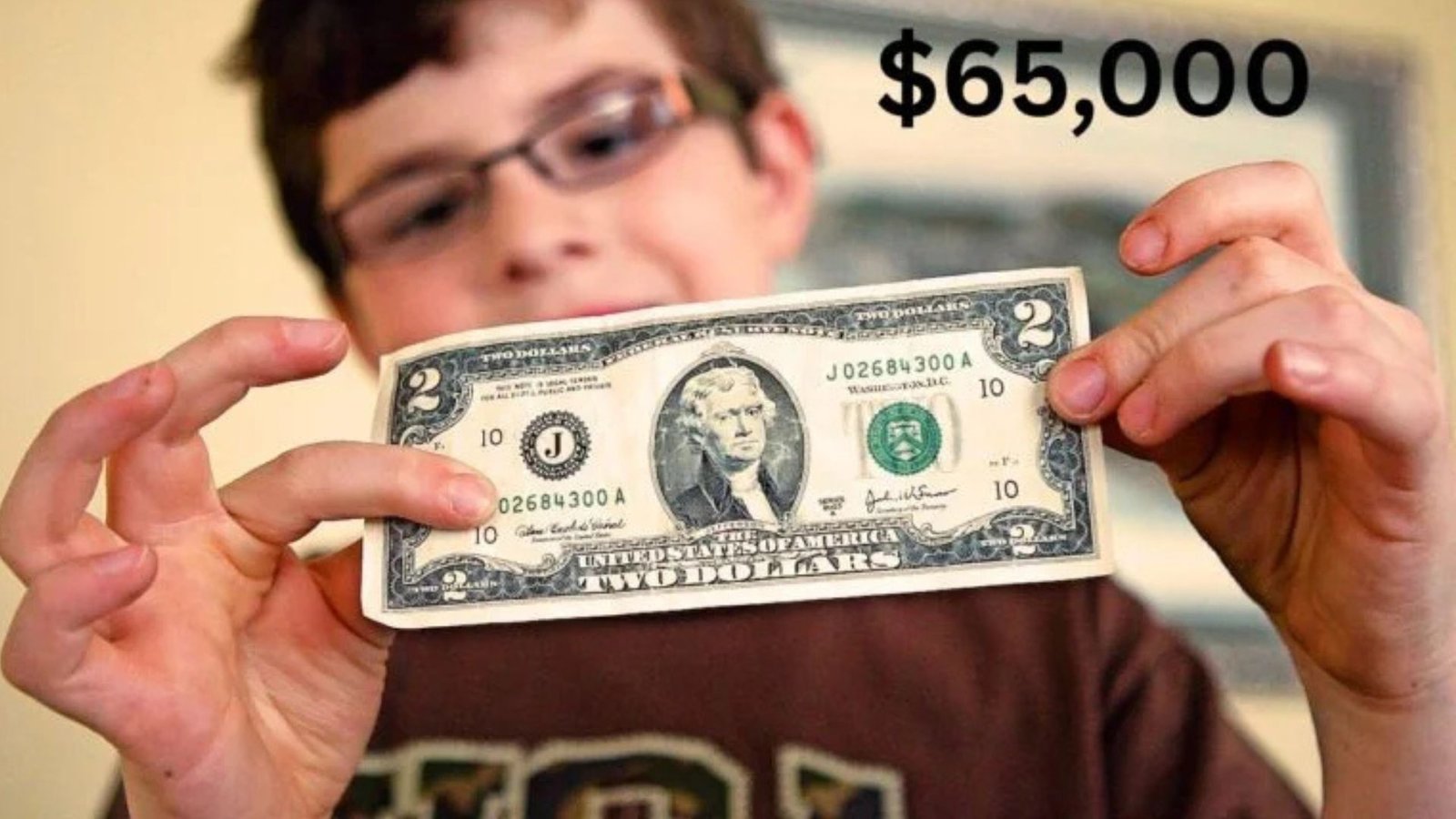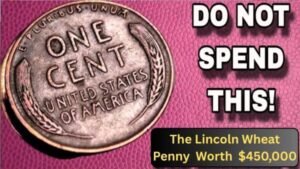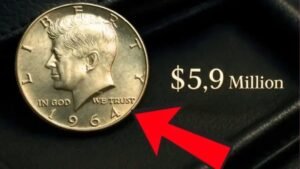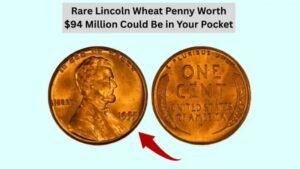Ever tucked away a $2 bill because it seemed unique? That bill could be worth up to $65,000! Though $2 bills have been around since 1862, they’re rarely seen in daily use, making them feel special. While most are worth their face value, rare versions with unique serial numbers or printing mistakes can sell for thousands. This guide will show you how to spot a valuable $2 bill, explain its worth, and help you check your cash for a hidden gem. Whether you collect coins or just have spare change, you might be holding a fortune!
The Background of the $2 Bill
The $2 bill first appeared in 1862, originally showing Alexander Hamilton’s face. In 1869, it was updated to feature Thomas Jefferson, a design still used today. Production stopped from 1966 to 1976 due to low use but restarted for the U.S. Bicentennial with a new back showing the Declaration of Independence signing. Though billions exist, $2 bills are uncommon in everyday transactions, leading many to save them. Rare features, like special serial numbers or errors, make some worth a lot to collectors.
Why Is a $2 Bill Worth $65,000?
A 2017A series $2 bill with a repeater serial number sold for $65,000 at auction due to its rarity and perfect condition. A repeater serial number repeats a pattern, like 12341234 or 45454545, which is uncommon because the U.S. Bureau of Engraving and Printing carefully assigns serial numbers. This bill’s value comes from its unique serial number, uncirculated state, and high collector demand. Older $2 bills or those with errors can also fetch hundreds or thousands.
Key Features of the $2 Bill
To find a valuable $2 bill, know its standard features:
- Material: 75% cotton, 25% linen with red and blue security threads.
- Size: 6.14 inches long, 2.61 inches wide.
- Obverse (Front): Thomas Jefferson’s portrait with “TWO DOLLARS” and “UNITED STATES OF AMERICA.”
- Reverse (Back): Declaration of Independence (1976 and later) or Monticello (pre-1976).
- Serial Number: Green (1976 and later) or red (older bills), unique to each bill.
- Seal: Green (1976 and later) or red (pre-1976).
Valuable Features to Look For
Certain traits can make a $2 bill worth a fortune. Here’s what to check:
1. Repeater Serial Number
A serial number with a repeating pattern, like 12121212, is rare. The 2017A bill that sold for $65,000 had this feature.
2. Low Serial Number
Bills with serial numbers starting with low digits, like 00000001, especially from 1976, can be worth $20,000 or more.
3. Double Serial Number Error
A rare mistake where a bill has two different serial numbers printed, often worth $400–$500 for 1976 bills.
4. Star Notes
Bills with a star (*) in the serial number, used to replace damaged notes, can fetch $20–$900 depending on condition.
5. Older Large-Size Bills
Pre-1918 $2 bills are larger and often have red or brown seals, selling for $1,000–$4,500 if uncirculated.
How to Inspect Your $2 Bill
Use these steps to check if your $2 bill is valuable:
| Step | What to Do | What to Look For |
|---|---|---|
| Check the Series Year | Look at the year on the front. | Focus on 2017A, 1976, or pre-1918. |
| Examine the Serial Number | Check the green or red numbers. | Repeater patterns, low numbers, or stars. |
| Look for Printing Errors | Use a magnifying glass. | Double serial numbers or misaligned prints. |
| Inspect the Seal | Note the seal’s color. | Red or brown for older bills, green for newer. |
| Assess Condition | Check for creases or wear. | Crisp, uncirculated bills are worth more. |
| Measure Size | Use a ruler. | Larger size for pre-1918 bills. |
Tips for Handling Your Bill
- Don’t Clean It: Cleaning can damage the paper and lower its value.
- Use a Sleeve: Store in a protective plastic holder to prevent folds.
- Handle Carefully: Wear gloves to avoid skin oils.
- Get It Appraised: Visit a currency dealer or auction house like Heritage Auctions for a professional valuation.
Why These Bills Are So Valuable
The 2017A $2 bill’s $65,000 price tag comes from its rare repeater serial number, pristine condition, and collector appeal. Older bills, like those from 1862–1917 with red or brown seals, are valuable due to their age and scarcity. The $2 bill’s rarity in daily use makes people save them, boosting their collectible status. High-grade bills (no creases, uncirculated) and errors like double serial numbers or star notes drive up prices. For instance, a 1976 star note sold for $2,000, showing the market’s love for unique $2 bills.
Where to Find Valuable $2 Bills
You might discover a $2 bill in:
- Everyday Change: Check cash from stores, tips, or vending machines.
- Old Wallets or Boxes: Look in family collections or forgotten drawers.
- Bank Rolls: Ask banks for $2 bill rolls, though they’re rare.
- Coin and Currency Shows: Visit dealers for unique bills.
- Online Marketplaces: Browse eBay or Heritage Auctions, but confirm authenticity.
How to Sell a Valuable $2 Bill
If you think you have a rare bill:
- Identify Features: Note the year, serial number, and condition.
- Get an Appraisal: Consult a currency dealer or use Heritage Auctions’ free appraisal.
- Sell Smartly: List with trusted auction houses or online platforms.
- Protect It: Store in a sleeve to maintain value before selling.
Conclusion
The $2 bill might seem like a fun oddity, but it could be worth thousands—up to $65,000 for a 2017A bill with a repeater serial number. By checking for special serial numbers, printing errors, or older designs, you could find a treasure in your wallet or old box. Handle bills with care, get them appraised by experts, and search through change or family collections. Your next $2 bill might just turn pocket cash into a life-changing sum!
FAQs
What makes a $2 bill worth $65,000?
A 2017A $2 bill with a repeater serial number (like 12341234) in uncirculated condition can sell for $65,000 due to its rarity.
How can I spot a repeater serial number?
Look at the green or red serial number for a repeating pattern, like 12121212 or 67676767, using a magnifying glass if needed.
Are all $2 bills valuable?
Most are worth $2, but those with errors, low serial numbers, or from before 1918 can be worth hundreds or thousands.
Where might I find a rare $2 bill?
Check everyday change, old wallets, bank rolls, coin shows, or online auctions like eBay or Heritage Auctions.
Can I use a valuable $2 bill at a store?
Yes, but you’ll only get $2 in value. Get it appraised first to avoid losing a potential fortune.




